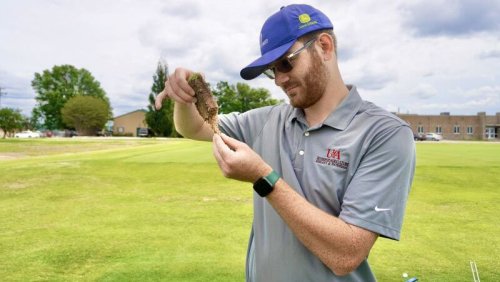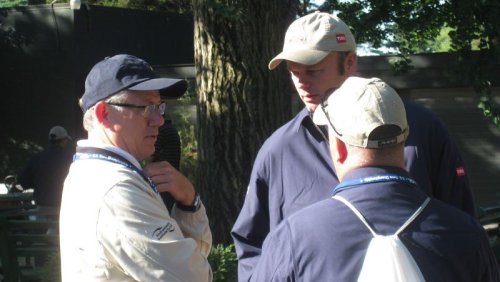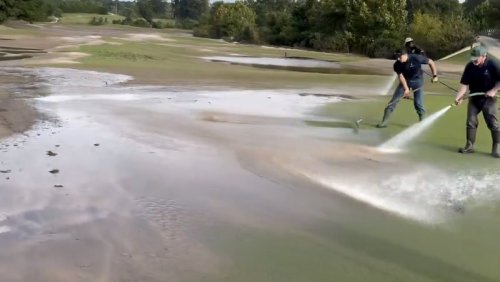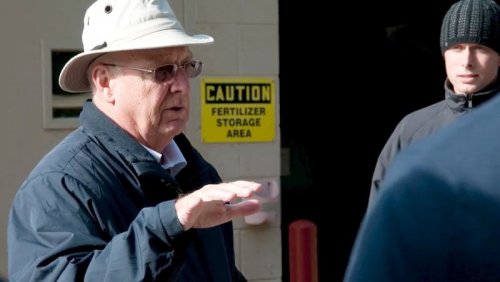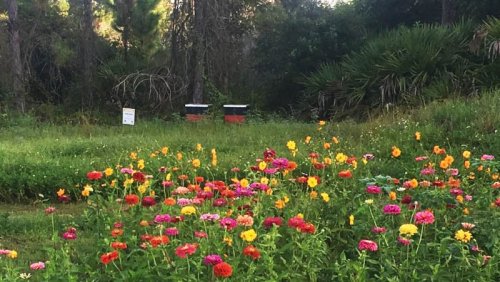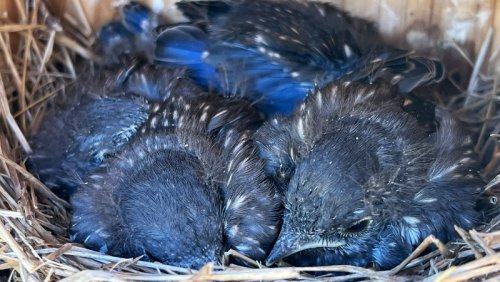

With the active ingredients 2, 4-D; quinclorac; triclopyr; and sulfentrazone, Allstar is labeled for control of 223 weeds on golf courses, athletic fields, cemeteries, parks and sod farms as well as a variety of residential and commercial applications.
Because it has four active ingredients, Allstar can provide visible results within a few hours of application. With 2,4-D, Allstar offers more consistent control of tap-rooted perennial weeds. Quinclorac targets crabgrass and increases overall control of broadleaf weeds, while triclopyr provides control on tough summer annual and perennial weeds, and sulfentrazone gives turf managers a tool for nutsedge control.
Allstar herbicide from Nufarm combines the benefits of four active ingredients. Allstar is registered for use in annual bluegrass, Kentucky bluegrass, tall fescue, tall fescue and annual ryegrass, all of which have high tolerance to each of the four active ingredients. It also can be used on creeping bentgrass, Bermudagrass, rough bluegrass, chewings fescue, fine fescue, hard fescue, red fescue and Zoysiagrass, all of which exhibit moderate tolerance to Allstar's ingredients.
All star should not be used on colonial bentgrass, seaside bentgrass, bahiagrass, buffalograss, carpetgrass, centipedegrass, dichondra, seashore paspalum or St. Augustinegrass.
Available in 64-ounce, 2.5-gallon and 30-gallon sizes, Allstar should not be applied in the following uses:
Do not apply this product through any type of irrigation system. Do not apply this product aerially. Do not use on golf course greens, tees, or aprons. Do not use in or near greenhouses. Do not pour spray solutions near desirable plants. Do not exceed specified dosages for any area; be particularly careful within the dripline of trees and other ornamental species. Do not add adjuvants, oils, wetting agents, fertilizers, surfactants or other pesticides to the spray solution unless the tank mixture will not result in turf injury. Do not exceed more than 8 pints of product per acre per application. Do not apply more than 2 broadcast applications to the same treatment site per year, excluding spot treatments. Do not apply more than 16 pints of product per acre per year. The minimum retreatment interval is 28 days. This product might persist in treated plant materials for more than 30 days after application, therefore, do not remove grass clippings off-site for compost distribution or mulching until 30 days after application. Likewise, clippings should not be used as mulch or compost around flowers, ornamentals, trees or in vegetable gardens.
New York law allows for only one application per year, and cannot be used in Nassau or Suffolk counties.
California law allows for use only between March 1 and Sept. 1, except for spot applications.
Use of Allstar is prohibited on sod farms in Arizona.
- Read more...
- 2,331 views

